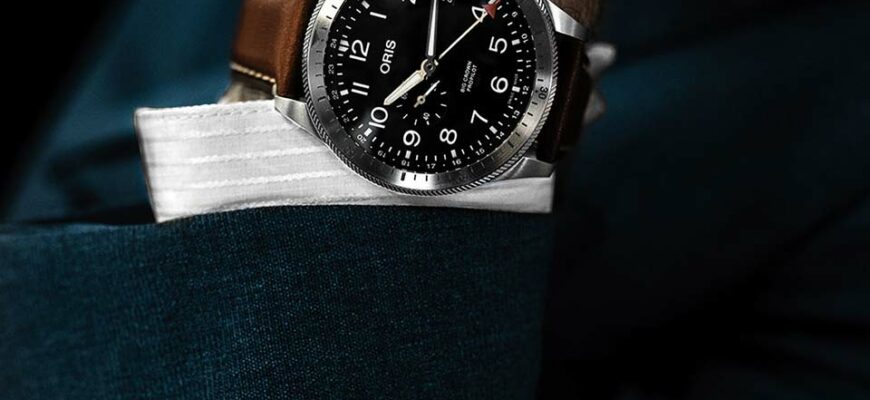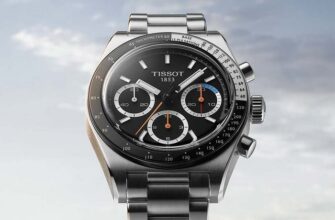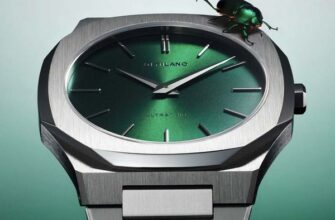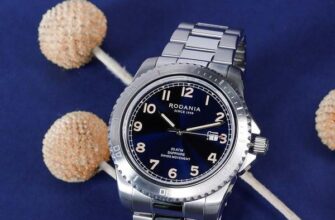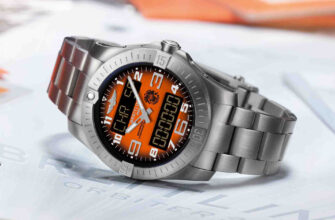If the glass, then sapphire, if the bezel, then rotary: the chic of the watch that caught your eye may be evidenced by seemingly imperceptible details. Their names are familiar mainly to watchmakers. Meanwhile, for a person far from production, attention to these details will help to easily get an idea of the individuality of the accessory, its reliability and convenience, whether it is affordable Casio, or luxury Tag Heuer.
Let's check which of these terms you know?
Bezel
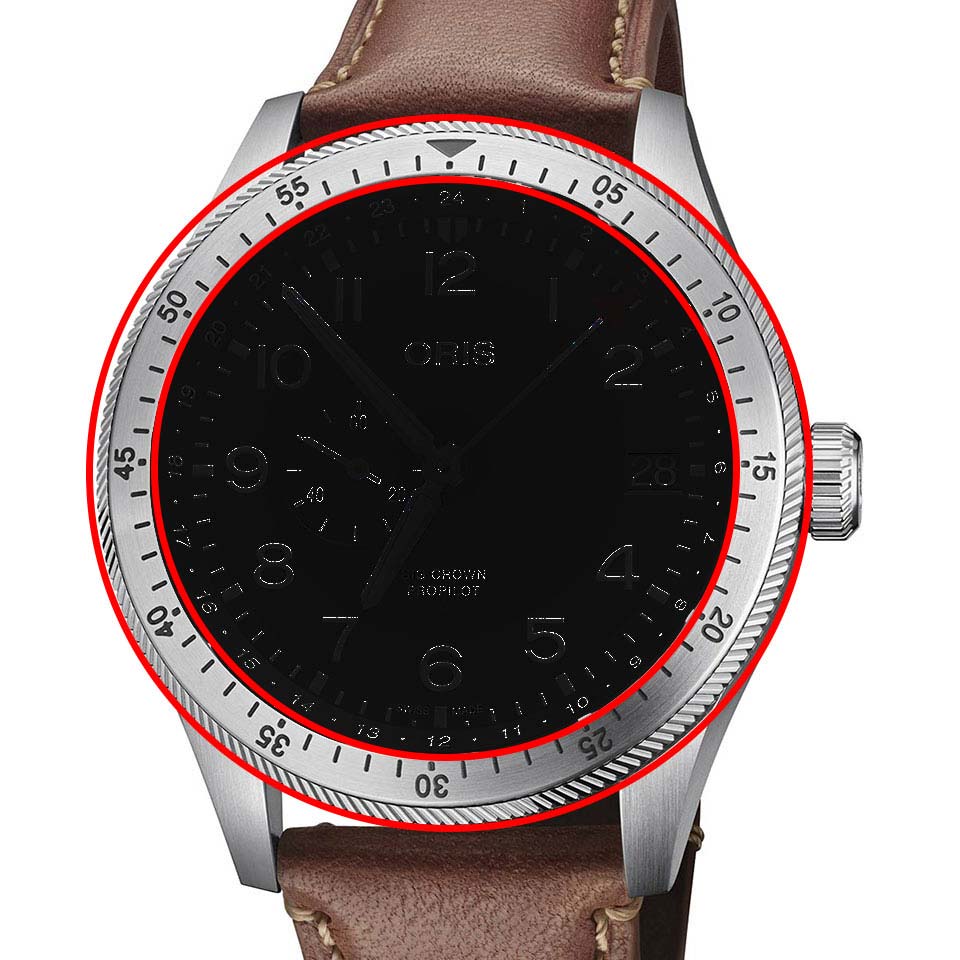
If it is, then it is definitely striking. See the scale ring around the dial that fixes the glass? This bezel is the bezel. It is also called a welt or bezel.
It usually helps to keep track of the time. To do this, the bezel is positioned so that the marker (most often - the triangle in place of the number 12) is opposite the minute hand at the start of the countdown. Then follow when the arrow reaches the desired value on the rim.
Differs in scales: there are not only chronometers, but also tachymeters, and heart rate monitors, and even slide rule. At the same time, the bezel is a field for design experiments with color, illumination, material, and inlay. The most convenient is the grooved welt - it is easier to turn it.
Crown

The main intermediary in your communication with mechanical watches. The wheel located on the side of the case allows not only to start the mechanism, but also to set the date, time and other parameters.
The winding head is connected by a shaft to the barrel. A mainspring is wound on it during the turns of the wheel. Despite the fact that the latter is protected from tearing, it is not recommended to wind the watch to the limit. It is also necessary to make the factory only by removing the watch from the hand. This will help prevent the shaft from loosening.
Case (case)

Armor of your accessory. Their strength is influenced not only by the material, but also by the manufacturing technology. For status models, surface treatment is also important.
The most short-lived watches are made of plastic. Enclosures made of aluminum and its alloys, as well as brass, are also not highly valued. Steel and titanium are excellent value for money. Metal-ceramic is reliable and light - both watch parts and plates in body armor are made from this raw material.
The premium segment uses precious metals, the latest alloys.
Markers

Time unit symbols on the dial and an endless source of design manipulation. They can have the appearance of both Arabic numerals and strokes, as on the "Commanding" watch, and Roman numerals, as in classic Seiko models, and crystals made of gold, as in the Balmain Elegance Chic Mini XS female accessory B46983383.
Minimalism in design leaves the dial without marks at all. They can be replaced, for example, by a labyrinth with moving sapphires or an inlaid background. The labels can be backlit for convenient use at dusk and at night.
Movement
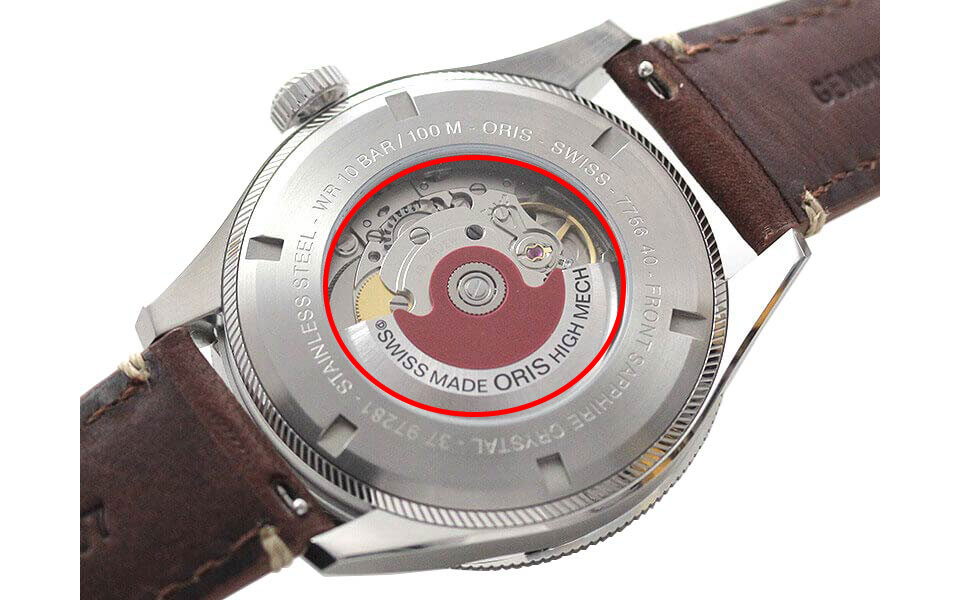
The "heart" of a wristwatch can be mechanical or quartz. In the first case, the stroke of the arrows is provided by a spring stretched over the drum. By spinning, it transmits an impulse.
The battery transfers the energy to the quartz accessory. The intermediary between it and the arrows is the electronic unit and its core - an element made of quartz (hence the name). Quartz watches show time more accurately, but mechanical watches are considered more status.
Reference
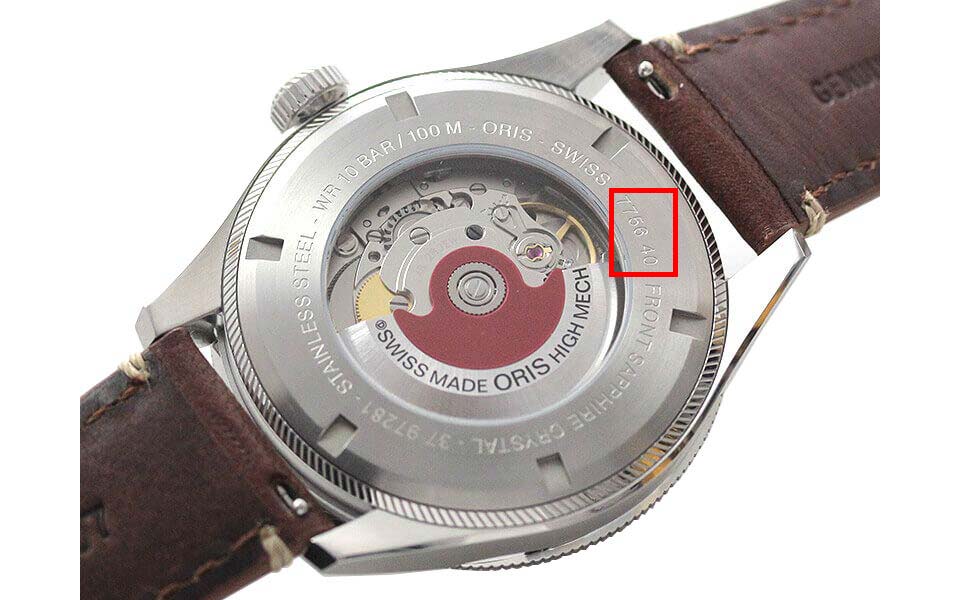
A row of numbers, which can be easily found on the back of the case or, less often, between the lugs, is a kind of coded "biography" of the watch. Each manufacturer uses a different reference structure.
Thus, the first letters in the reference of any CASIO watch correspond to a certain series, the last numbers - the color of the dial or the dominant color of the design.
Rotor

An integral part of self-winding mechanical watches that allows their wearers not to touch the crown. The device receives energy during movement, for example, from the waves of the hand while walking, and transfers it to the spring, which is responsible for the movement of the arrows.
The device is based on a load with a displaced center of gravity. When moving, it rotates around the central axis of the mechanism. The energy from the rotation goes to the spring through the gears connecting them.
Sapphire caseback
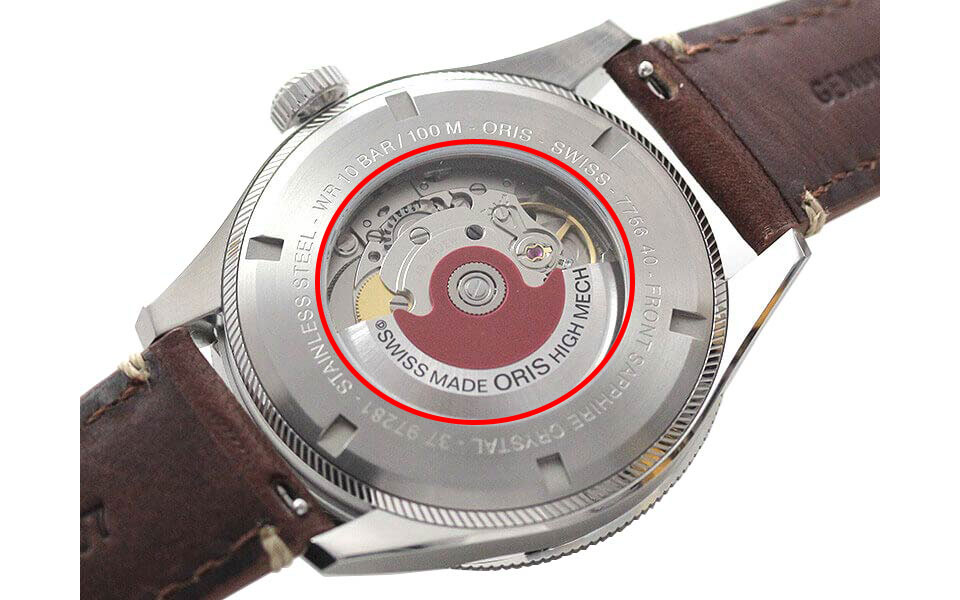
Aesthetic refinement, does not carry additional functional load, although due to its strength it protects what is under it. A transparent sapphire crystal case back is installed mainly on luxury models of mechanical watches.
The very arrangement of the components of the mechanism in such accessories is akin to a work of art. The transparent wall can be protected by a cover made of the same material as the rest of the body.
Glass (crystal)
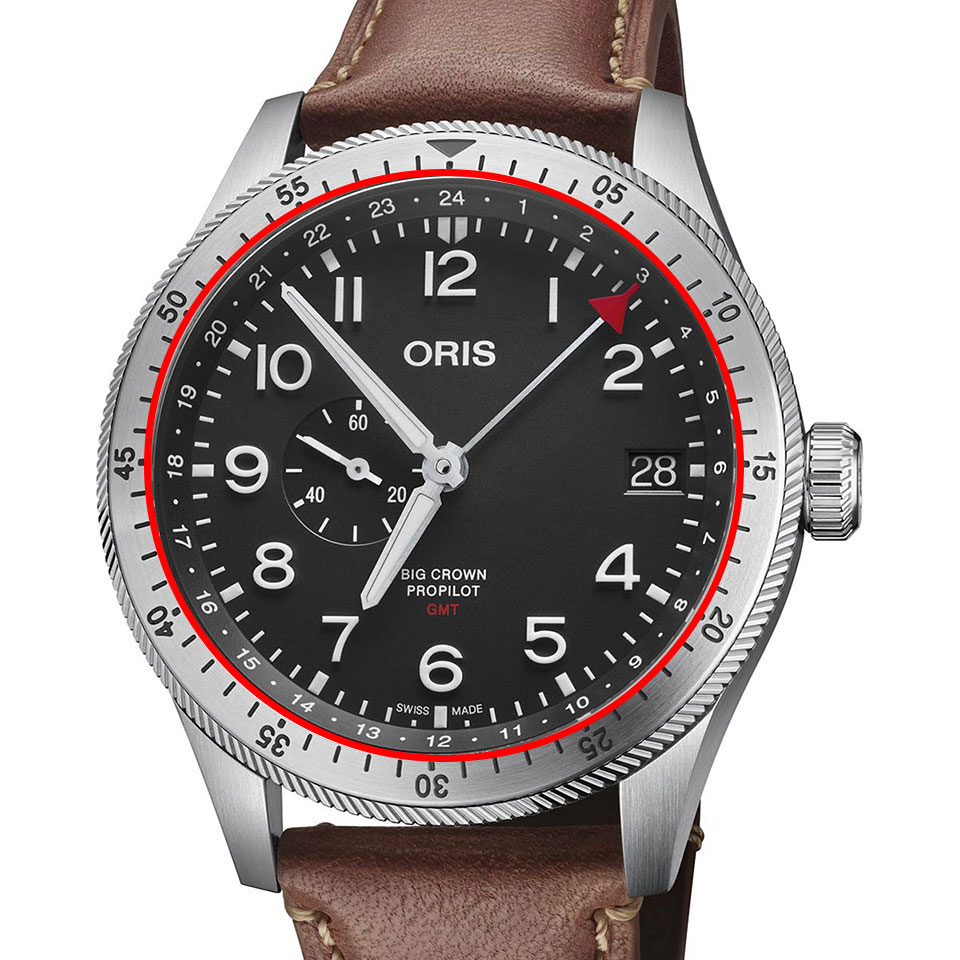
This dial shield is usually made of plexiglass, mineral or sapphire glass. Some models combine the last two options. Plexiglass is found in cheap watches and is easy to scratch but also easy to polish. But over time, it becomes cloudy.
Sapphire crystal is stronger than mineral glass, but it also costs more. The combination of a mineral base and a sapphire layer over the detail allows you to purchase a watch with reliable protection for the dial at an affordable price. Whatever the material, the glass must be coated with an anti-reflective layer. This will ensure ease of use even on a sunny day.
Country of origin
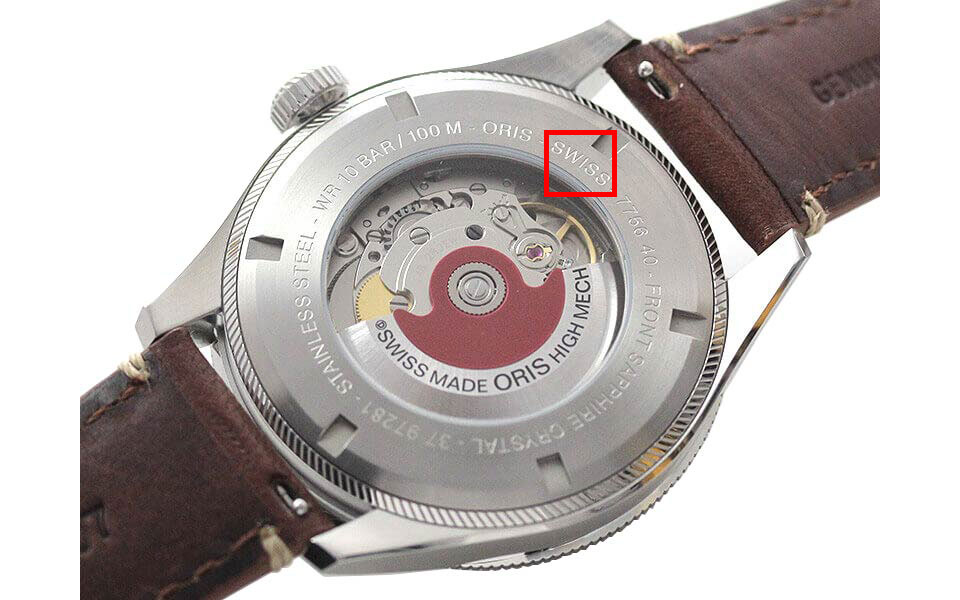
The inscription on the case back (and often on the dial), as a rule, indicates in which country the movement was installed and the final revision of the product. But for the famous Swiss Made label, due to its image load, another requirement has been added. The mechanism itself must be Swiss.
For the rest of the producing countries, the wording “Made in…” is used. At the same time, the "registration" of the brand itself does not affect the indication of the country of origin, only the geography of production is important.
Ears (lugs)
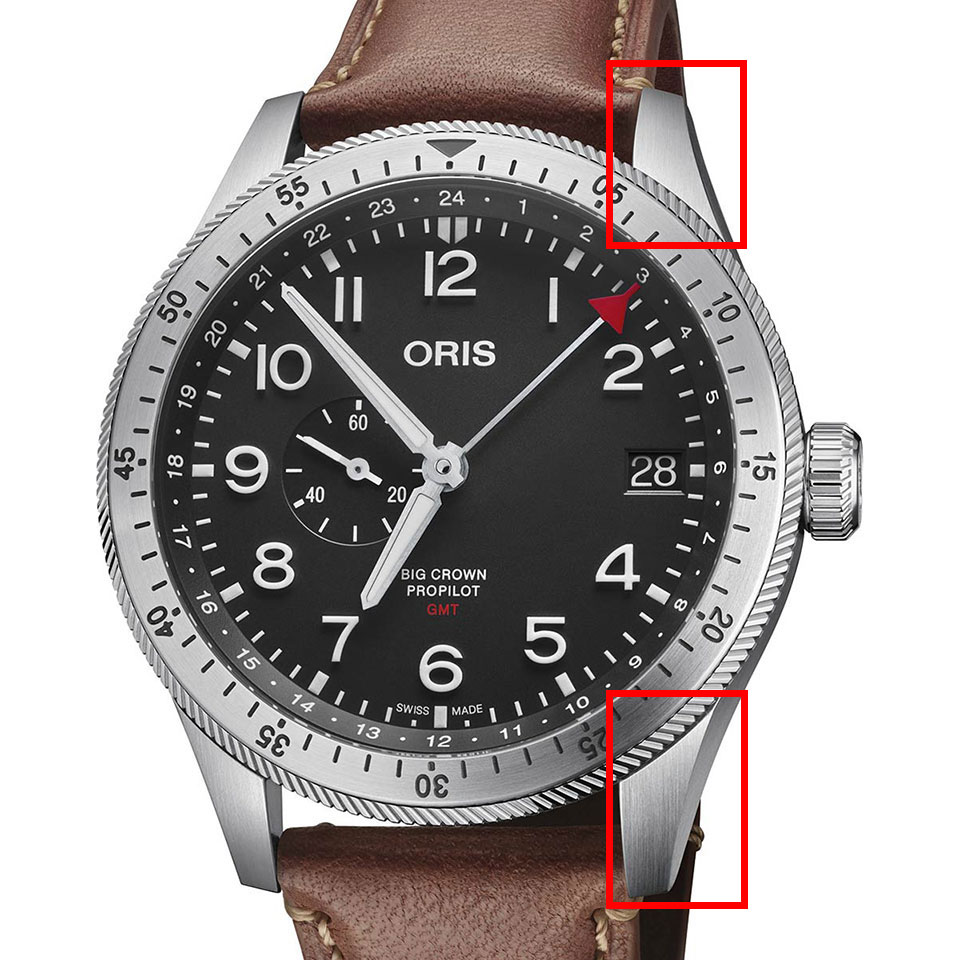
Protruding parts on the case above and below the dial for attaching a strap or bracelet. They differ in shape. Classic models are characterized by straight ears, sports ones - convex or in the form of a roller. They can be closed - in this case, you will not see them, since the paired protrusions are replaced by a horizontal bar on which the strap is attached.
Dial
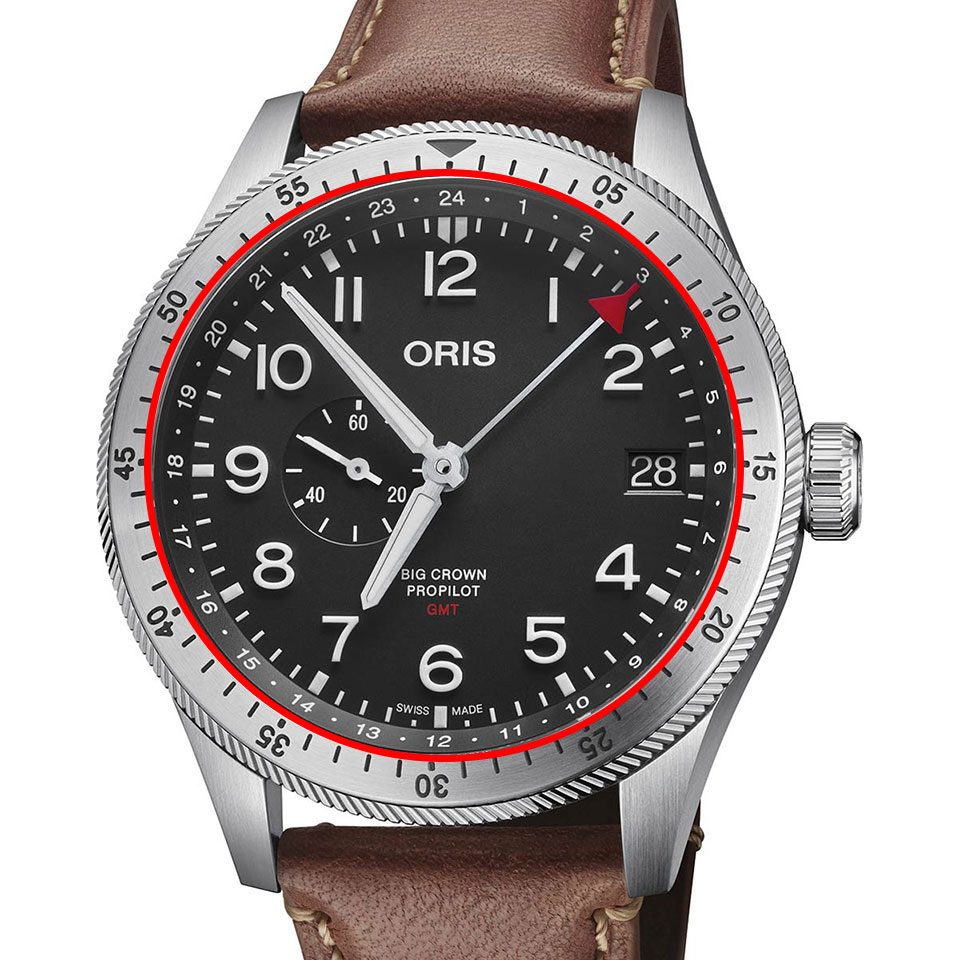
The "face" of any watch model, by which one can conclude about the model's style, device and purpose. It can be analog (with labels and arrows), electronic (with an LCD window) or analog-digital. They also differ in shape, material, design.
Watches capable of performing a wide range of functions are often equipped with two or three dials for counting the days of the week, months, years. Also, additional fields serve as chronographs for measuring the duration of processes.
The "hourly" vocabulary is not limited to this dozen, but the terms mentioned are one of the main ones. And they will help you to more accurately imagine which model you want to buy when it comes to buying. And if you already have a watch, thanks to the list you can get to know the accessory better. Don't forget to share your discoveries in the comments!
